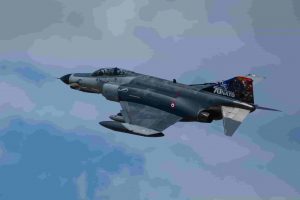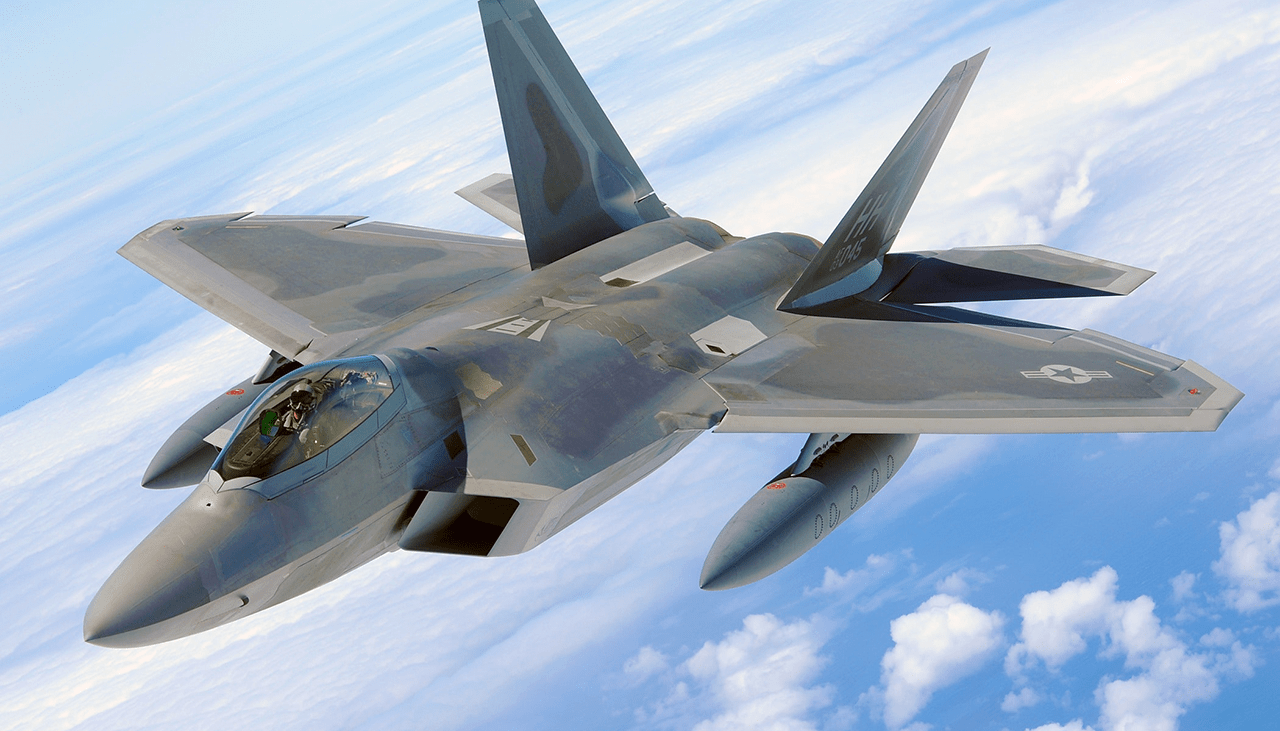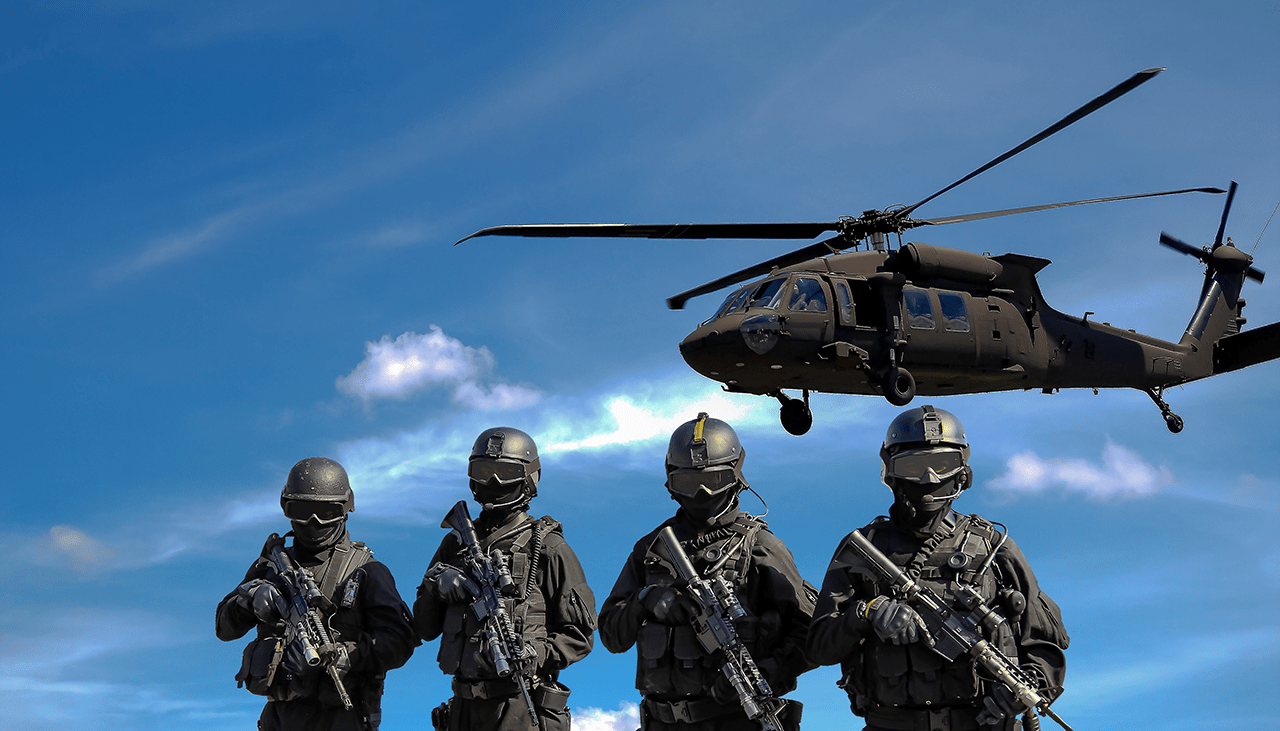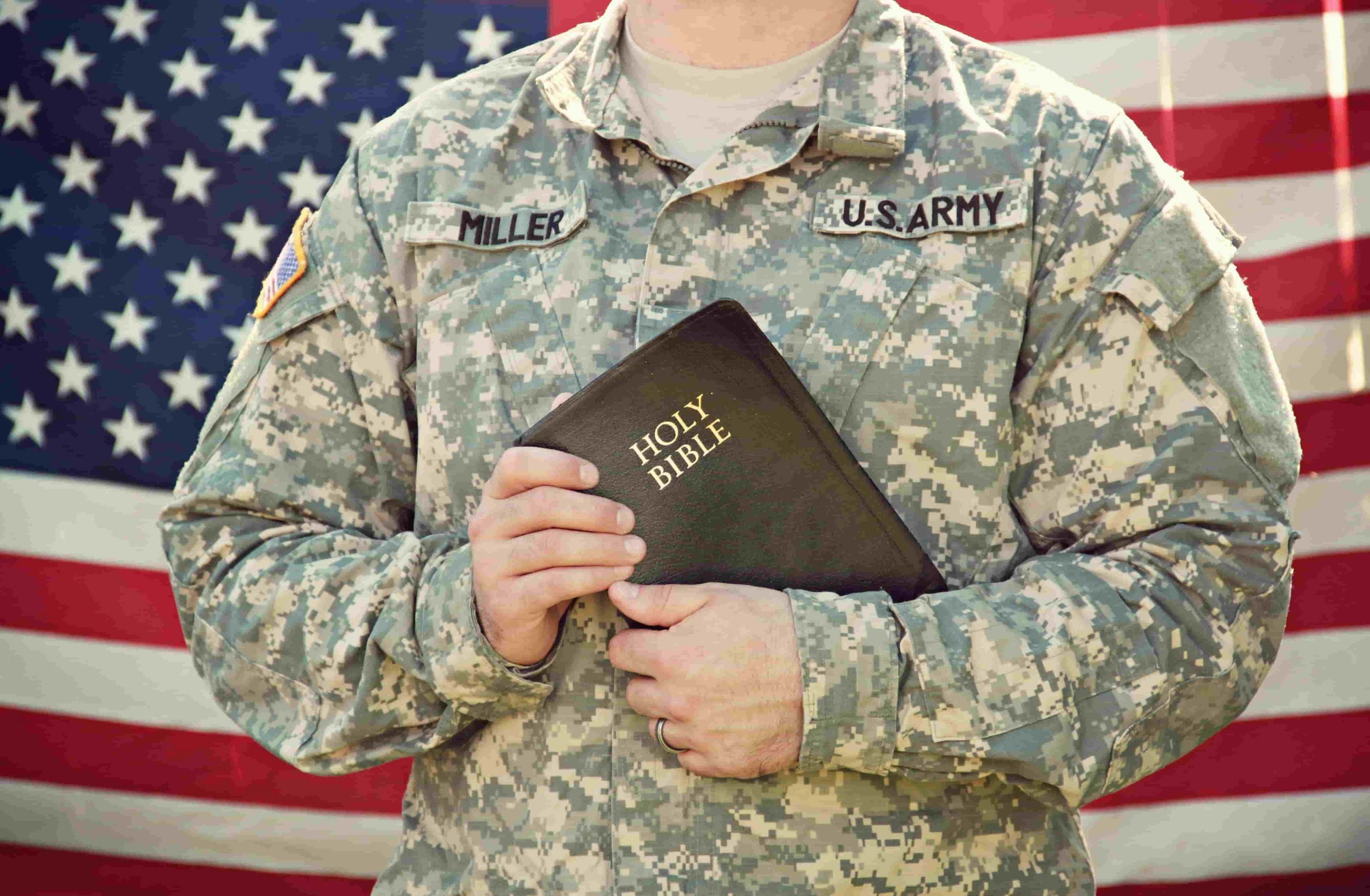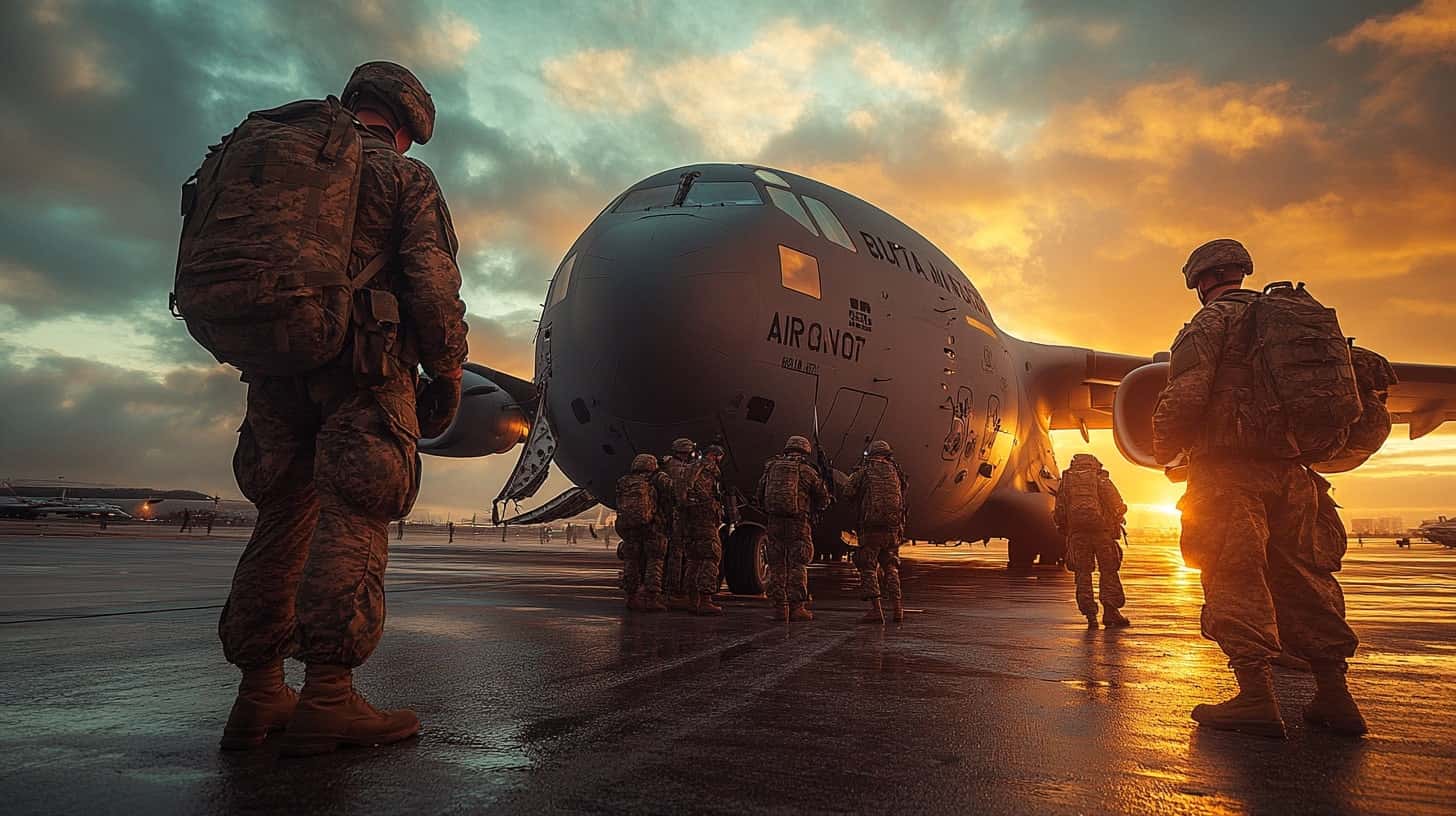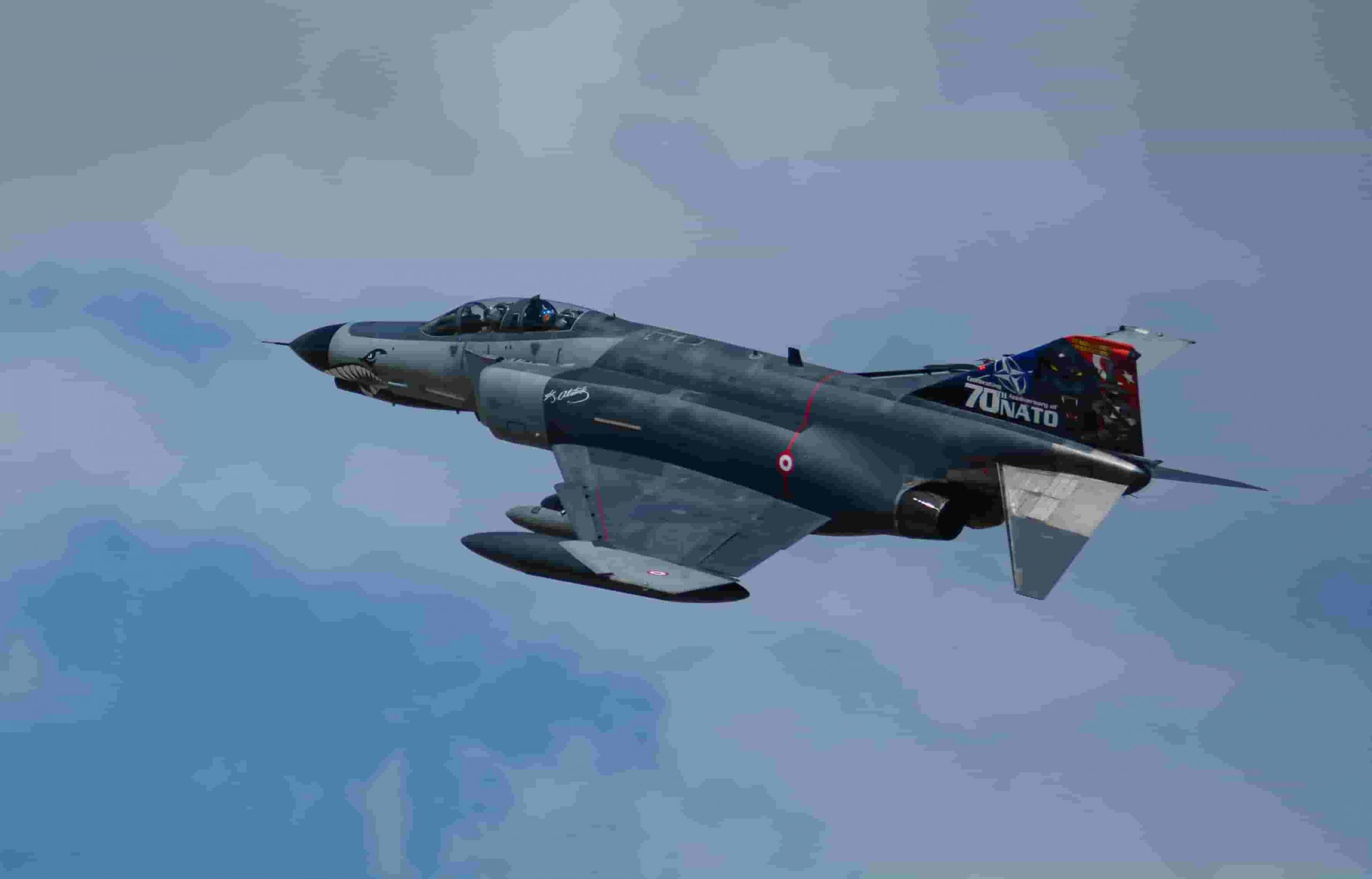Airborne operations have long been a crucial component of military tactics, offering swift deployment and strategic advantages on the battlefield. From World War II to modern-day conflicts, paratroopers have played pivotal roles in shaping military history. For military professionals, paratroopers, and tactical gear enthusiasts, understanding the essential gear required for these operations is paramount. This blog post explores the vital equipment needed for airborne missions, advancements in tactical technology, and the rigorous training that prepares paratroopers for the skies. Join us as we uncover the gear that transforms soldiers into sky warriors.
The Evolution of Airborne Operations
Airborne operations have evolved significantly since their inception during World War II. Initially designed for surprise attacks and rapid troop deployment, airborne tactics revolutionized warfare. Paratroopers could be dropped behind enemy lines, providing a strategic edge by disrupting supply lines and capturing key objectives. The success of early airborne operations highlighted the need for specialized gear to ensure paratroopers’ safety and effectiveness.
In today’s military landscape, airborne operations remain a vital tactic. Whether conducting reconnaissance, securing hostile territories, or delivering humanitarian aid, paratroopers continue to demonstrate their versatility and adaptability. The evolution of tactical gear and technology has further enhanced their capabilities, making airborne units indispensable in modern warfare.
The importance of airborne operations cannot be overstated. They allow military forces to project power quickly and decisively, often turning the tide of battle. Understanding the essential gear that enables these operations is crucial for military professionals and enthusiasts alike, as it provides insight into the tools that make airborne missions successful.
Essential Gear for Paratroopers
Parachutes are the lifeline for paratroopers, providing the means to descend safely from aircraft to the ground. Modern parachutes are designed for precision, allowing paratroopers to land accurately and efficiently. These high-performance parachutes are equipped with advanced features like steerable canopies and automatic activation devices, ensuring optimal control and safety during jumps.
Harnesses and jump suits are equally vital for airborne operations. Harnesses provide secure attachment points for parachutes, while jump suits offer protection from environmental elements and abrasion. These suits are typically made from durable materials that can withstand the rigors of airborne missions, ensuring paratroopers remain comfortable and protected throughout their descent.
Beyond parachutes and jump suits, paratroopers rely on a range of additional gear. Helmets protect against impact during landings, while gloves offer grip and protection from cold temperatures. Boots are designed for stability and support, enabling paratroopers to traverse diverse terrains once they reach the ground. Together, these essential items form the foundation of a paratrooper’s gear, ensuring their safety and success in airborne operations.
Cutting-Edge Technology Enhancing Airborne Tactics
Advancements in technology have revolutionized airborne operations, providing paratroopers with tools that enhance their effectiveness and safety. Advanced navigation systems, such as GPS devices, enable precise landing coordination, reducing the risk of landing in hostile territories. These systems also assist in mission planning, ensuring paratroopers can execute their objectives with accuracy and efficiency.
Communication devices have become indispensable for airborne units. Radios and headsets equipped with secure communication channels allow paratroopers to stay in contact with their team members and command centers. This real-time communication is critical for coordinating movements, relaying important information, and adapting to changing mission dynamics.
Innovative technology has also led to the development of specialized equipment for specific mission requirements. Night vision goggles enable paratroopers to operate effectively in low-light conditions, while thermal imaging devices enhance situational awareness. These advancements not only improve mission success rates but also reduce the risks associated with airborne operations, ensuring paratroopers can perform their duties with confidence.
Training and Preparation for Airborne Operations
Physical fitness is a fundamental aspect of preparing for airborne operations. Paratroopers undergo rigorous training programs that focus on building strength, endurance, and agility. These fitness regimes are designed to ensure paratroopers can handle the physical demands of jumping from aircraft, carrying heavy gear, and operating in challenging environments.
Psychological readiness is equally important for paratroopers. The mental challenges of airborne operations require resilience, focus, and adaptability. Training programs often include simulations and stress-inducing scenarios to prepare paratroopers for the pressures of combat. Building mental fortitude is essential for maintaining composure and making sound decisions during high-stress situations.
Comprehensive training programs encompass a variety of skills beyond physical and mental preparedness. Paratroopers are trained in parachute packing, emergency procedures, and navigation techniques. These skills are honed through repetitive practice, ensuring paratroopers are well-prepared for any situation they may encounter during airborne operations. The combination of physical, mental, and technical training equips paratroopers with the confidence and competence needed for success.
Case Studies and Interviews Insights from Experienced Paratroopers
Hearing from experienced paratroopers provides valuable insights into the realities of airborne operations. Interviews with seasoned veterans reveal the importance of choosing the right gear for individual preferences and mission requirements. Many paratroopers emphasize the significance of reliable equipment, highlighting how it has directly contributed to their mission success.
Case studies of past airborne missions offer real-life examples of gear utilization and its impact on operations. These stories showcase the adaptability and resourcefulness of paratroopers when faced with unexpected challenges. By examining these experiences, military professionals and enthusiasts can gain a deeper understanding of the role gear plays in achieving mission objectives.
The wisdom shared by experienced paratroopers underscores the critical role that training and preparation play in successful airborne operations. Their firsthand accounts of overcoming adversity and executing complex maneuvers provide valuable lessons for aspiring paratroopers and those interested in the tactical gear industry. These insights serve as a testament to the dedication and skill required to excel in airborne missions.
Conclusion The Gear that Defines Success in the Sky
Airborne operations are a testament to the courage and skill of paratroopers who take to the skies to achieve strategic objectives. The gear they rely on is not just equipment; it is a lifeline that ensures their safety and effectiveness. From parachutes and harnesses to cutting-edge technology, each piece of gear plays a vital role in mission success.
For military professionals, paratroopers, and tactical gear enthusiasts, understanding the essential gear and training required for airborne operations is key to appreciating the challenges and triumphs of these missions. By investing in high-quality gear and comprehensive training, airborne units can enhance their readiness and effectiveness on the battlefield.
If you’re interested in exploring the world of airborne operations further, consider connecting with experienced paratroopers or attending related workshops and seminars. Engaging with the community of military professionals and enthusiasts can provide valuable opportunities for learning and networking. Whether you’re an aspiring paratrooper or simply passionate about tactical gear, there’s always more to discover in the realm of airborne operations.



